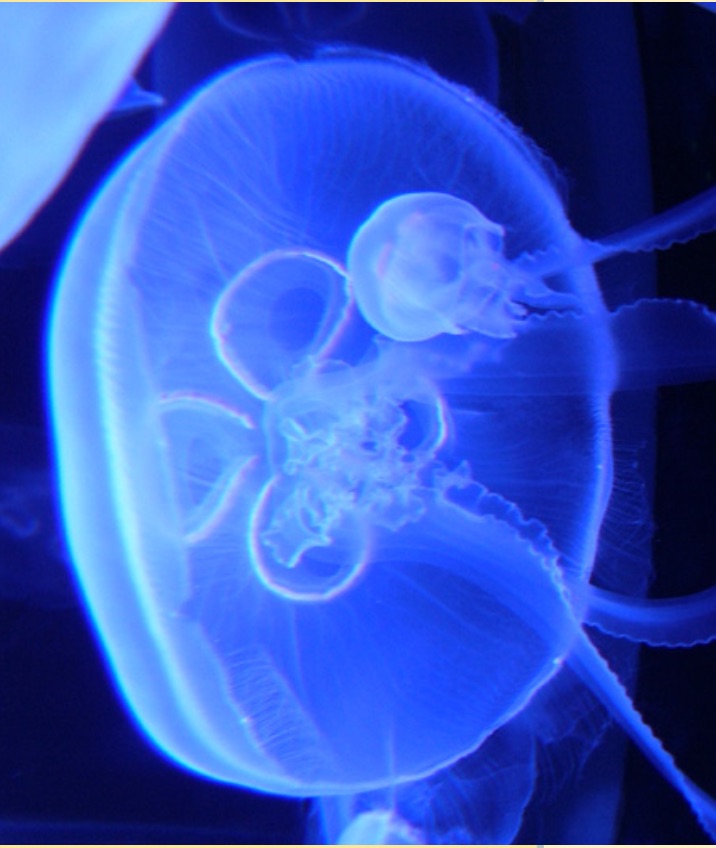BIOLUMINESCENT ORGANISMS
Some living things can light up dark places without help from the sun. This natural production of light is called “bioluminescence”. While fireflies are the best-known bioluminescent creatures, other species of insect, bacteria, fungi, jellyfish and bony fish can also glow.
These organisms employ a chemical reaction to glow in the dark. They produce a pigment called “luciferin”. This pigment emits the light. When luciferin reacts with oxygen, they create light.
Most bioluminescent organisms, about 80 percent of species, live in the most
vast habitat on the planet — the deep sea. Deep sea environments are almost
completely dark. However, light is still important in these environments. Therefore, bioluminescence may provide a survival advantage in the darkness of the deep sea. It may help organisms find food and provide defensive mechanisms.
There are also other uses of bioluminescence. Fireflies use flash to attract mates and to warn predators of the toxins they contain. Many firefly larvae glow to stop the attacks of predators. Click beetles use light to make themselves seem larger. Pony fish use their stomach lights as a sort of camouflage.
Not everything that glows is bioluminescent. Some organisms, such as corals absorb UV radiation. Since human eye cannot see UV light, these creatures can seem to produce their own light.

